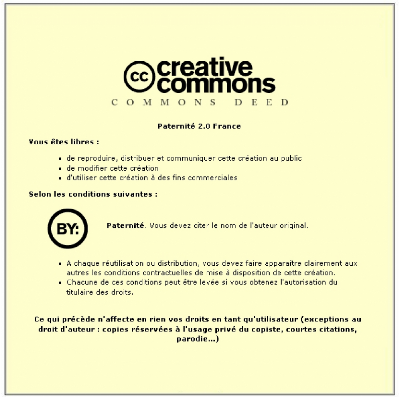|
LABIDI Myriam
|
Date de création :
|
01.06.2005
|
|
Date de dépôt :
|
28.06.2005
|
|
Niveau :
|
BAC + 5
|

E-Tourism in Europe

E-Tourism in
Europe
The E-CRM and ITCs adoption issues:
how to retain customers?
LABIDI Myriam
ESC Toulouse
Master in Marketing, Communication and Management
April 2005
Introduction
1!The General Context
1.1 Economic importance of the sector 1.2 Weight of the SMEs in
the sector 1.3 Online Travel sales in Europe 1.4 Internet users profile
2! The Travel industry specific features and the Information
and Communication Technologies impact
2.1 The Travel industry value chain.
2.2 Providing the overall travel experience
2.3 The impact of the Information and Communication technologies
2.4 Trends and challenges of the EU e-tourism market
3! The Internet features and its e-CRM benefits
3.1 The CRM definition and the Nykamp consulting group model 3.2
Internet features and its e-CRM benefits
3.2.1 Interactivity: the proactive e-consumer
3.2.2 Flexibility: getting a wide and updated range of
information
3.2.3 Accessibility: everywhere and at any time improving
service quality
4! E-marketing: decreasing customer uncertainty
4.1 An intangible product
4.2 A fragmented product
4.3 The e-customised offer
4.4 Electronic ticketing and ticketless travel
5! E-marketing: providing a reliable and useful customer
database
.1 The marketing research perspective
.2 The Customer databases management practises .3 Market
targeting
6! CONCLUSION
6.1 Focus on the SM Es: the tricky adoption of ICTs and
E-business solutions 6.2 The perceived barriers to the adoption of e-CRM
solutions
6.3 The step by step implementation of e-business methods
INTRODUCTION:
E-tourism offers the potential to make information and booking
facilities available to large numbers of consumers at relatively low cost. It
enables the tourism sector to make large-scale savings on the production and
distribution of print and other traditional activities such as call centers and
information centers. It also provides a tool for communication and relationship
development with the end-consumers as well as tourism suppliers and market
intermediaries.
Tourism can be viewed as very different from most other
sectors of e-commerce as the consumer goes and collects the product at the
point of production which is the destination. Consequently, the tourism avoids
the need to deliver products around the world.
The factors described above result in the taking of a larger
and larger share of e-commerce globally. As a result, the Internet can be
considered as the last revolution in the distribution of tourism information
and sales. Internet is even becoming the primary channel for business to
business communication. It offers the suppliers the potential to by-pass
intermediaries in the value chain and thus increases their revenue base.
Consequently, new business models must be developed by travel and tourism
companies in order to manage their relationships with intermediaries and final
customers. It is obvious that the application of e-business methods in Customer
Relations Management (e-CRM) provides such an opportunity.
E-CRM can be defined as the translation of existing techniques
for finding customers in the electronic environment. It provides products and
services customized to the needs of the customers. It helps to retain customers
loyalty and attend the needs for information and support in the use of the
tourism products. Many eCRM techniques are already employed by businesses using
non-electronic methods. Intelligent agent technologies, the linking of call
centers to web sites, and the use of data warehousing techniques to perform
detailed analysis of customer needs are among the new opportunities offered by
the Internet and other advanced ICTs.
E-CRM and ICTs adoption are key to the e-tourism growth.
Considering the fierce market competition it is a competitive advantage and it
must be seen as a new business model which enhance a customer centric culture
within destination organization.
The aim of this paper is to deal with tthe issues related to
the E-CRM and ICTs adoption in the e-tourism industry. In order to achieve that
goal, we are going to examine the benefits of e-CRM, its potential and the
barriers identified.
| 

